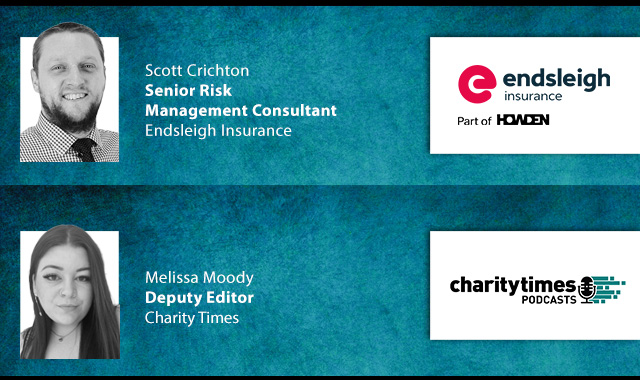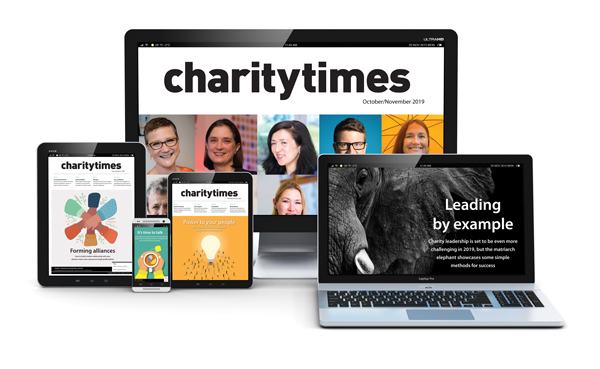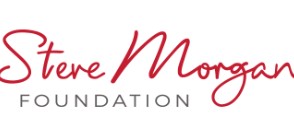Dr Dora-Olivia Vicol, CEO of the charity Work Rights Centre, explains the development of a new eligibility checking tool for EU claimants and their family members
_______________________________________________________________________
At last count, on 14th April 2022, there were 5.6 million people on Universal Credit (UC), up 35,000 from January 2022. With some exceptions, this means-tested government benefit is provided to people of working age (over 18 but below state pension age) who are on a low income or out of work. But too many people are excluded from UC by complicated eligibility criteria and bureaucracy, particularly for claimants whose first language is not English.
The 2.5 million EU citizens and their family members with pre-settled status under the EU Settlement Scheme (EUSS) are at a particular disadvantage after the European Court of Justice, and the UK Supreme Court, ruled that pre-settled status is not enough to make them eligible for income-based benefits. Following that judgement, every claimant with pre-settled status now needs to jump through hoops, proving either a history of "genuine and effective" work, or a right derived from a suitable family member in order to qualify. If they are too ill or unable to work, the criteria become even more complex, putting a lot of people off applying and essentially confining them to poverty.
Identifying the problem, tailoring the solution
At the Work Rights Centre, we experienced a sharp increase in requests for support with Universal Credit applications during the pandemic. People were struggling: in 2020, our team issued a record number of referrals to food and fuel vouchers - usually to women, and migrants from minority ethnic backgrounds, who were the first to be let go during the pandemic, but also under-represented in benefit claims. The current cost of living crisis has only escalated the issue and, in turn, people’s need for financial support.
As the number of enquiries about UC eligibility criteria spiked, our advisers’ capacity was pushed to the limit. The more time they spent untangling eligibility criteria with individual beneficiaries, the less time they had to focus on challenging systemic issues. We had noticed, for example, that the DWP were increasingly stopping people’s payments, suddenly and without explanation, and we needed the capacity to explore this trend and advocate for our affected beneficiaries.
With funding from the Brent Neighbourhood Community Infrastructure Levy (NCIL), we set out to develop a tool that would help our beneficiaries, and professionals across the sector, understand their eligibility for UC, as well as any evidence they might need to demonstrate it. This was key to freeing up our advisers’ time to support our most vulnerable beneficiaries and to gather evidence for valuable policy-influencing activity.
Over the course of several months, we painstakingly mapped out complex eligibility criteria derived from years of case law and guidance into a flowchart, intelligible to all. It includes general criteria such as a claimant’s savings, age, and education, as well as the intricate criteria that migrant claimants are subjected to in needing to demonstrate their “right to reside”. We then turned the flowchart into a simple quiz, which can be accessed by anyone. Free, completely confidential, and translated into five languages, the UC Eligibility Tool takes some of the fear and confusion out of the process of accessing Universal Credit.
Collaboration with like-minded organisations
For organisations looking to develop digital resources similar to this, the value of collaboration and iteration can’t be underestimated - and we couldn’t have done it without our partners. We used Miro to compile the complex eligibility criteria into a flowchart, which was then tested and reviewed over again by volunteer benefits experts from other organisations. We then commissioned a small team of web developers to build the quiz on a platform that would be mobile-friendly, accessible to all, and most of all, that would make it easy for us to translate and continue to iterate the quiz. An incredible team of volunteers then helped us translate and disseminate the tool, to the communities that need it most.
The Universal Credit eligibility quiz can be accessed on our website. So far, it has been used by hundreds of benefit seekers. But as with any digital product, it continues to improve with feedback from users, and benefits advisers. Digital innovation can do a great deal to increase capacity for teams within charitable organisations, as well as adding extra value for their beneficiaries. And with clear process mapping and a well-organised team, it doesn’t need to cost the world, either.
Latest News
-
Ethical investment boost among half of charities, research finds
-
Friday funding roundup - 17 October
-
Q&A: How small charities can connect with companies
-
AI’s impact on charities’ web traffic revealed
-
Criticism of Nandy’s ‘ineffective’ plans to tackle extremism in charities
-
Call to exempt charities from energy cost hike caused by nuclear power levy
Charity Times video Q&A: In conversation with Hilda Hayo, CEO of Dementia UK
Charity Times editor, Lauren Weymouth, is joined by Dementia UK CEO, Hilda Hayo to discuss why the charity receives such high workplace satisfaction results, what a positive working culture looks like and the importance of lived experience among staff. The pair talk about challenges facing the charity, the impact felt by the pandemic and how it's striving to overcome obstacles and continue to be a highly impactful organisation for anybody affected by dementia.
Charity Times Awards 2023
Mitigating risk and reducing claims

The cost-of-living crisis is impacting charities in a number of ways, including the risks they take. Endsleigh Insurance’s* senior risk management consultant Scott Crichton joins Charity Times to discuss the ramifications of prioritising certain types of risk over others, the financial implications risk can have if not managed properly, and tips for charities to help manage those risks.
* Coming soon… Howden, the new name for Endsleigh.
* Coming soon… Howden, the new name for Endsleigh.
Better Society

© 2021 Perspective Publishing Privacy & Cookies











Recent Stories